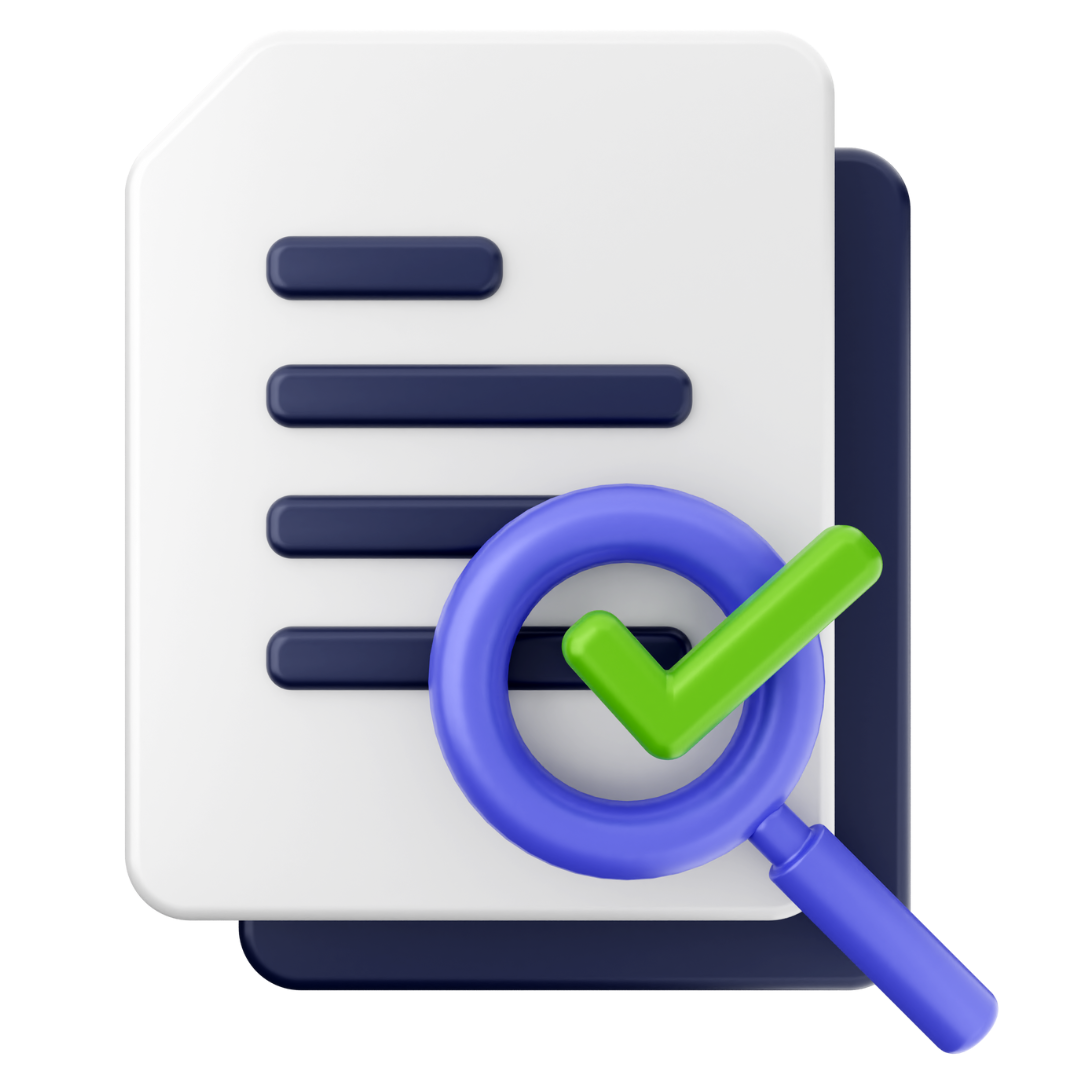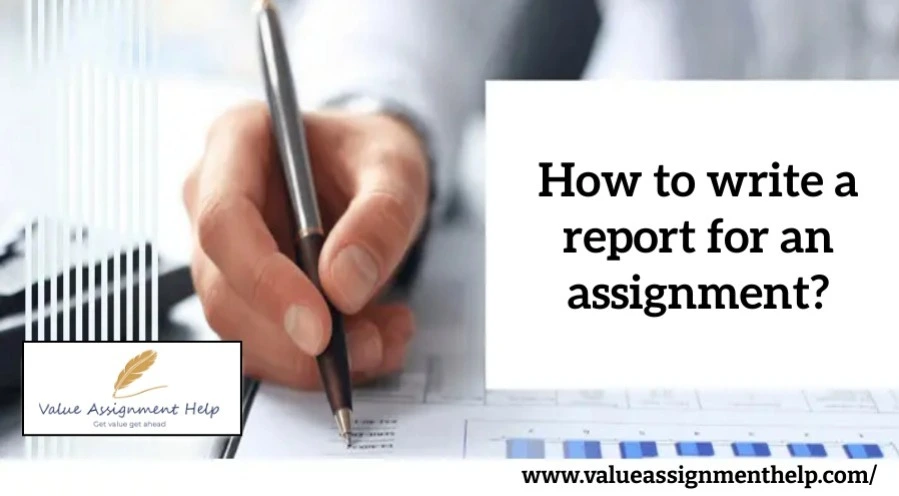Assignment
Achievement
Hire Experts
Reviews
Free Services
Grades
Offers
Order Now
50,000+
Orders Delivered
4.9/5.0
Star Rating
4000+
PhD Experts
24 x 7
Query Resolution
100 +
Subjects Catered
Our Experts
Reviews
Free Assignment Services
☞Title Pages - 100 Words
$05.00 free
☞Downloading Free Guide
$20.00 free
☞Upload Completed Tasks
$20.00 free
☞Genuine Content Report
$20.00 free
☞Consultation By Experts
$06.00 free
☞Unrestricted Revisions
$10.00 free
☞Grammar Check for Task
$25.00 free
☞Plagiarism Inspections
$25.00 free
Book Now and get Free Services Upto $0.00
Grades
Offers

1. PLACE YOUR ORDER
Whenever you fill out their order form, please read it carefully and then fill it out.

2. MAKE PAYMENT
Choose our secure payment method to pay for your order and collect your order from us with security.

3. GET YOUR DOCUMENT
Our writers write you plagiarism-free assignments and provide them to you before the deadline.
Our Experts

Search Assignments

Customers Reviews
The news report highlighted in the newspaper carries a synopsis of various incidents. They provide a brief description of a topic or event, and they often provide an analysis of the occurrence of the event and subjects connected to the same. The process of report writing involves research and analysis based on the instructions mentioned in the assignment document. The goal of a report is to communicate information accurately and concisely to a specific audience. A report should be clear in its language while remaining focused on the subject in context. Many academic tasks involve students writing a report about a specific event, organisation, situation, or topic.
Our endeavour through this article is to walk you through report writing fundamentals, including the structure and writing tips for scoring good grades.

A report is a written record of what you have seen, heard, done or observed. It is a systematic and organised presentation of the facts and consequences of an event that has already happened. A report is a written assessment used to determine what you have learned through your reading, study or experience and provide you with practical experience with an important skill, often used in business.
There are a few other types of reports, depending on the purpose and to whom you submit your report. Here is a list of common types of reports:
Academic Reports: Tests a student's understanding of subject matter, such as book reports, reports on historical events, and biographies
Progress Report: From a branch of informational reports, progress reports provide essential information about the status of a project. Employees or managers can generate these reports daily, weekly or monthly to track performance and fine-tune tasks for better project development. In addition, progress reports are often used as a visual material to support meetings and discussions, a good example being the KPI scorecard.
Scientific Reports: Shares research findings, such as case studies and research papers, usually in science journals
Internal Report: A type of report that includes many others on this list, internal reports refer to any internal report used internally at a company. They convey information between departments and team members to keep communication flowing regarding goals and business objectives.
Business reports: Identifies valuable information in business strategies, such as marketing reports, internal memos, SWOT analysis, and feasibility reports.
The structure of a report depends on the assignment's requirements and the type of report. While reports may use their unique structure, most follow this basic template:
Executive Summary: As an abstract in an academic paper, an executive summary is a standalone section that summarises the findings in your report to give readers an idea of what to expect. These are primarily for official reports and less for school reports.
Introduction: While establishing the body of the report, your introduction explains the overall topic you are about to discuss, along with your thesis statement and any necessary background information, before coming to your conclusions.
Body: The body of the report explains all of your significant searches, divided into headings and subheadings. Entities make up most of the entire report; while the introduction and conclusion are only a few paragraphs each, the body could go on for pages.
Conclusion: Conclusion is where you bring together all the information in your report and come to a definite interpretation or decision. Usually, this is where the author inputs his personal opinion or conclusion.
There is no concrete requirement for what is included in the report. Each school, company, laboratory, task manager and teacher can create their format based on their specific needs. In general, though, be on the lookout for these special needs—they pretty much crop up:
Title Page: Official reports often use a title page to keep things organised; If a person has to read multiple reports, the title pages make them easy to track.
Table of Contents: Like in books, the table of contents assists readers in jumping directly to the section they are interested in, allowing for faster browsing.
Page numbering: A common courtesy if you're writing a lengthy report, page numbering ensures that the pages are in order in case of mix-ups or misprints.
Headings and subheadings: Reports are generally divided into sections by headings and sub-headings to facilitate browsing and scanning.
Citation: If you cite information from another source, the citation guidelines indicate the recommended format.
Cited Work Page: A bibliography at the end of the report lists legal information for credits and other sources from which you got the information.
Before writing a report, you should know a few things to ensure that you draft an accurate and structured report, and the things to remember are listed below:
Disclaimer: all content and intellectual property remain the exclusive property of value Assignment Help




No Comments